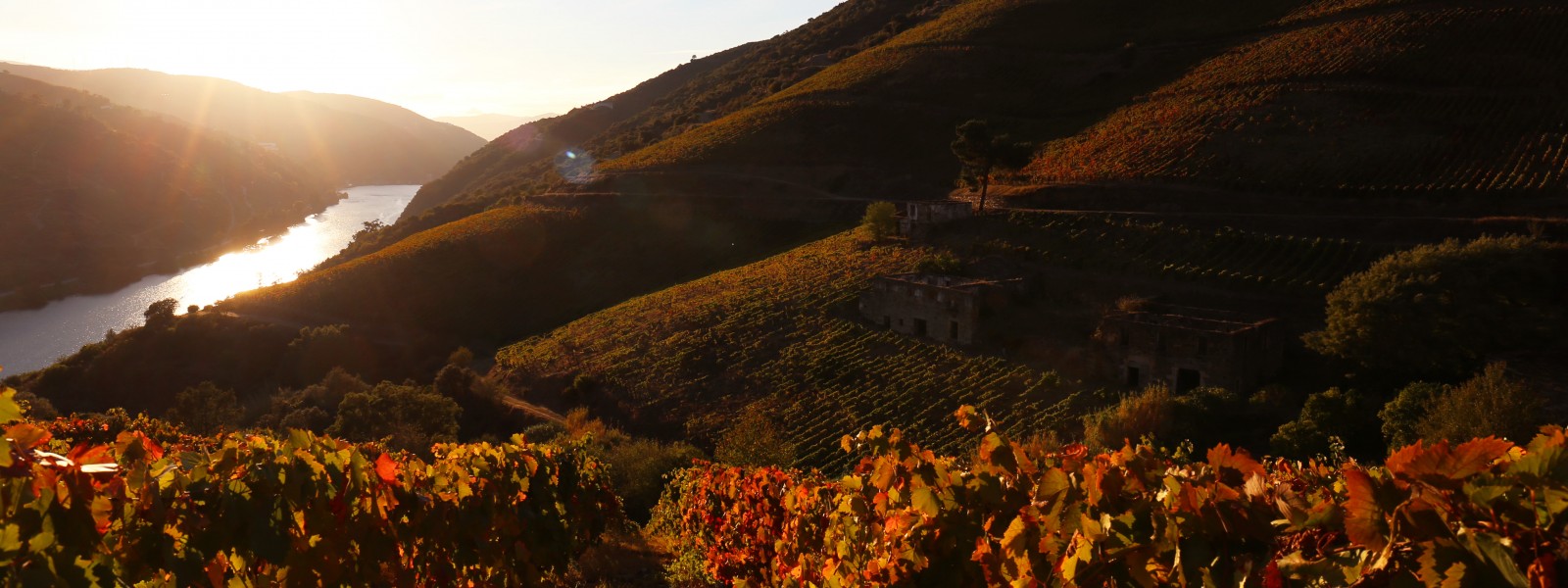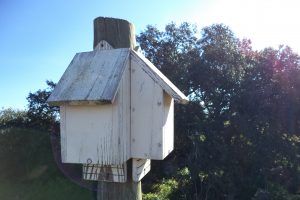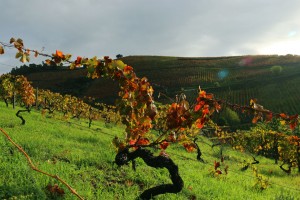In the hands of English merchants, the valley’s royal blood became one of the most popular nectars among the emerging middle class and bourgeoisie, who exercised their economic influence in a world undergoing rapid change, thanks to the use of coal and steam. Somehow, Douro wine, and particularly port, comforted the palates of the great industrialists, bankers and entrepreneurs who created the bases for a 20th century in which the industrialisation of the economy would be a determining factor in rapidly accelerating the development of western societies.
The Ancient Dream

The technical and management philosophy advances brought by ‘classics’ of the Douro, such as Symington, Fladgate and Taylors, inspired many of us to explore in depth what would be a sustainable vision of this World Heritage Site. The integrated protection production method became a ‘rule’ and organic farming ceased to be taboo. In fact, it is increasingly seen as a way of managing the land, which goes far beyond protecting the soils, nature and people.
When we went ahead with the purchase of Quinta dos Murças in 2008, in the Cima Corgo zone, between the iconic region of Pinhão/Peso da Régua, we knew it would be an exciting challenge, but one that would require long-term thought. First, by taking a good look at the heritage of decades that stretched before us, which extended from the hillside down to the river. We chose which old vines we should keep and the best way to safeguard them. In operational terms, we started by carefully defining the layout, cleaning and land regulating procedures. The arrangement of the land into different levels and for vertical vines was carefully mapped out and methods of soil intervention were established that would fully respect the soil’s intrinsic characteristics, protect it from erosion and sustain optimal levels of humidity and adequate flora for vine management.
The two solutions do not contradict each another; they are highly complementary and offer different benefits. In the case of vertical vines, there can be greater plant density for the same distance between vines, avoiding the need for continuous cleaning and maintenance of the slopes of vines on terraces. Apart from that, it is easier and better to distribute varieties and the variant gradient of the depth and natural fertility of the soils along the same row is smaller, or at least more predictable. In this way, alignment is rectilinear, while on the terraces is it curved, hindering hedge-building and requiring a greater number of supports at irregular intervals. The disease rate is also lower, both because natural ventilation of the vines is better, and because spraying is more efficient. To reinforce this option, protection from rain erosion is also achieved by building a plot on uneven land between supports (with the advantage of reducing the initial incline of the slope) and grass can be planted with controlled growth between the rows. The ‘cherry on the cake’ is the added landscape value of the vertical vines.
However, in order to balance the estate’s production needs, where there are steep inclines, we use narrow terraces with only one plantation row and a width of 2.30 metres, thus allowing the use of mechanical cleaning equipment for the supports and ensuring natural grass planting every autumn. One of the least sustainable practices we have observed in the Douro is that keeping the supports clear of grass promotes erosion and that the chemical cleaning of supports is, just for the toxicological and environmental dangers it poses, the wrong choice. When constructing the narrow terraces, we use their longitudinal incline of around 3% to allow excess rainwater to drain off along each terrace. In this way, the terraces must slope inwards.
A new phase is dawning in which we aim to look more closely at the local community, discover more about this place, these lands and those who live here and visit us. Because the Douro is not only a region of great wine, it’s the home of poets and lovers of life and, in the words of one of its most famous poets:
“The sublime Douro. The prodigiousness of a landscape that ceases to be so as it unfurls. It is not a panorama the eyes gaze upon: it is an excess of nature. Terraces that are steps of titan men climbing the slopes, volumes, colours and modulations that no sculptor, painter or musician can convey, dilated horizons beyond the plausible limit of vision. A virginal universe, as if it were newly born, yet already eternal through the harmony, serenity and silence not even the river dares to break, hiding furtively behind the mountains or lying far below, the reflection of its own awe. A geological poem. Absolute beauty.”
Miguel Torga, Diário XII


